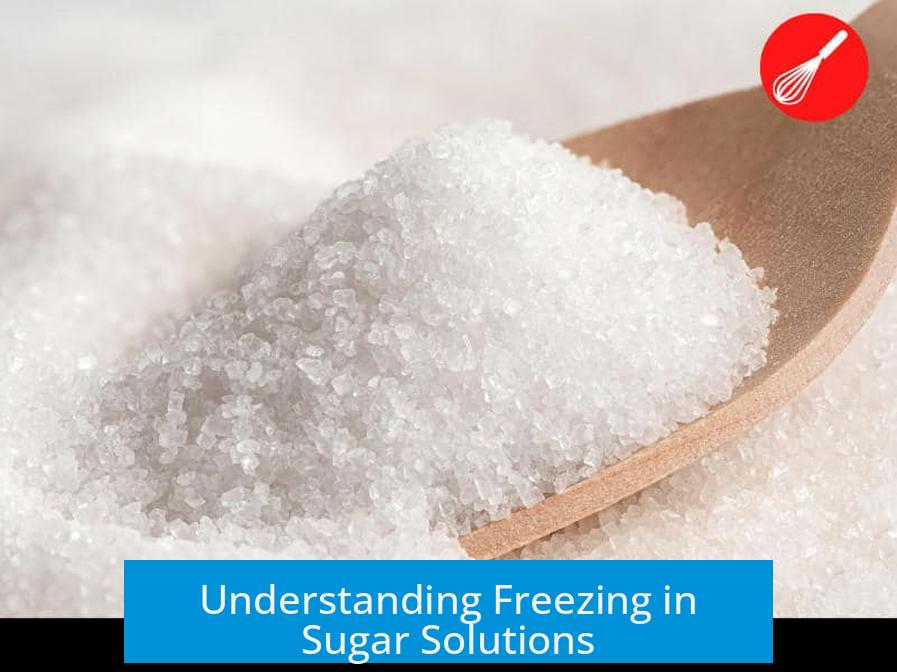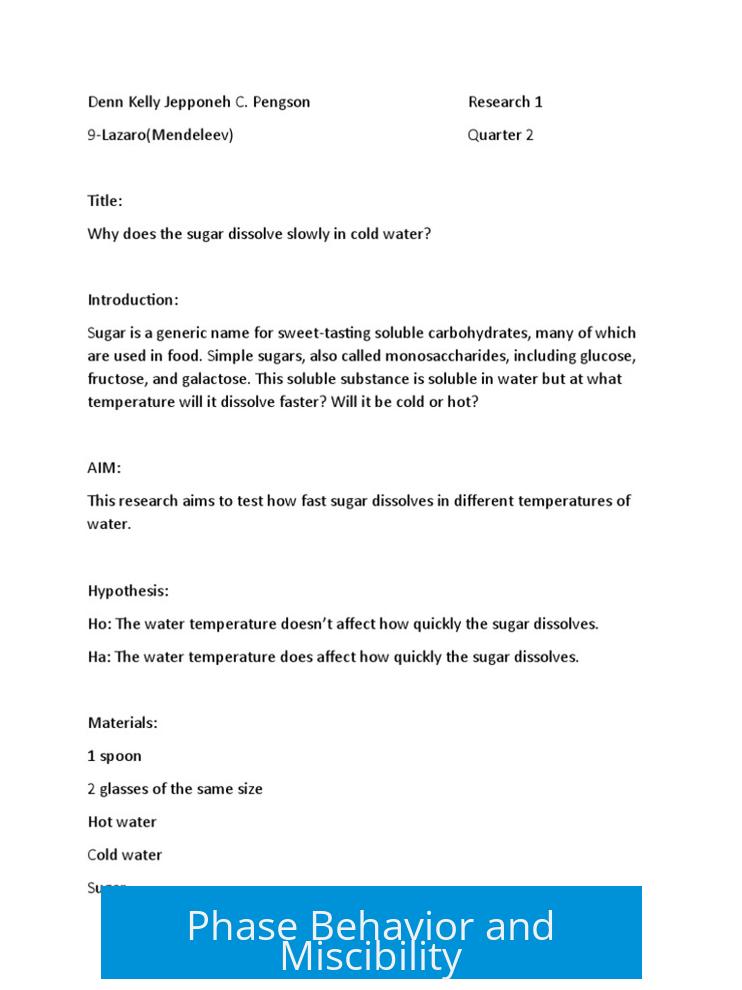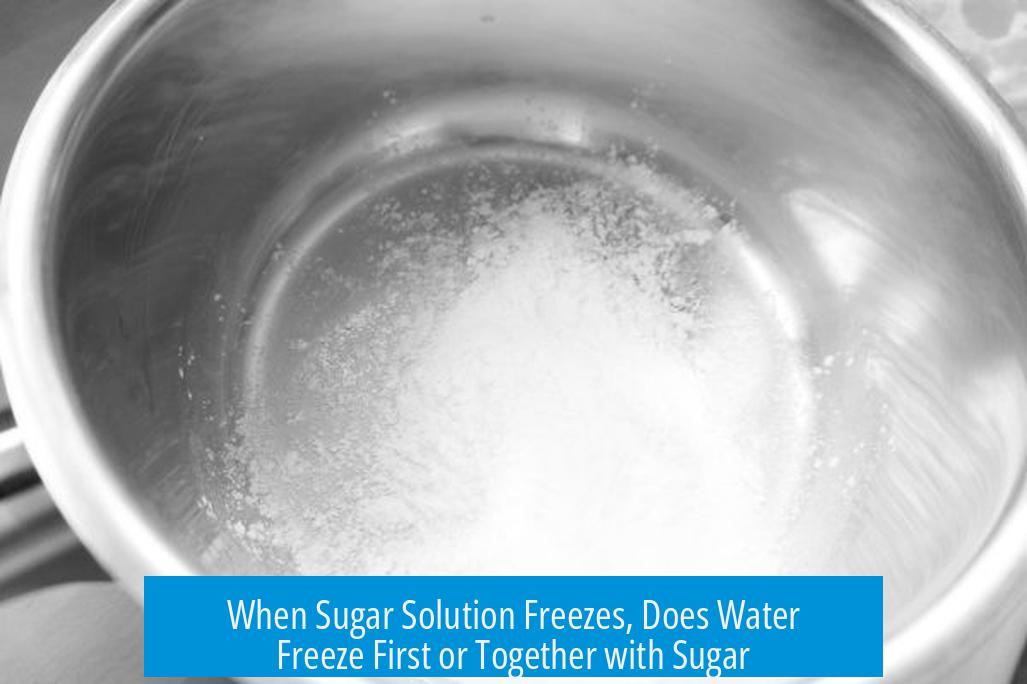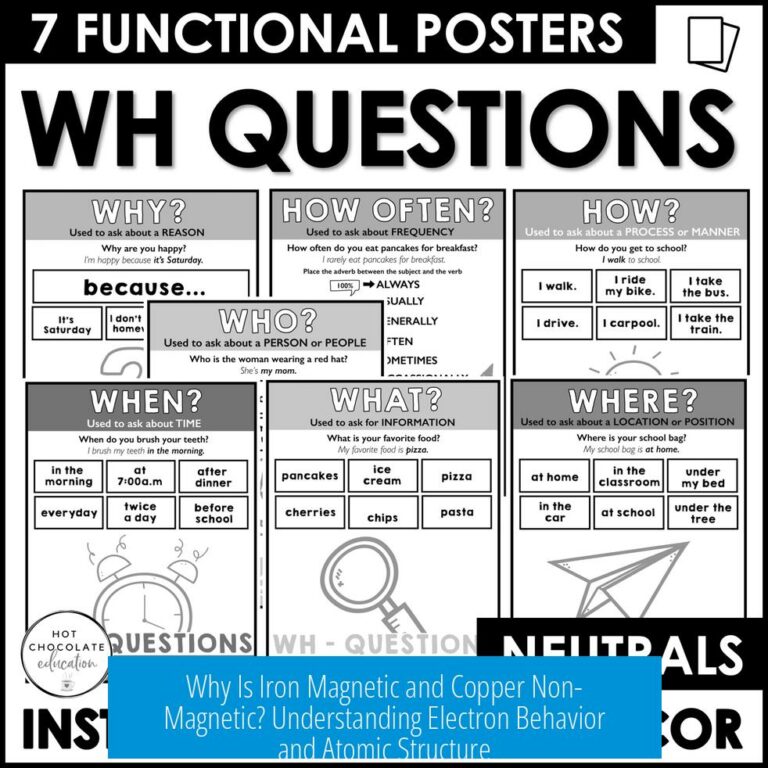When Sugar Solution Freezes: Which Freezes First — Water or Sugar?
Water freezes first in a sugar solution, forming relatively pure ice crystals by pushing sugar molecules out of the crystal lattice. This process concentrates sugar in the remaining liquid, which then freezes at lower temperatures depending on cooling rate and sugar concentration. Under rapid freezing, water and sugar may vitrify together, creating a glassy state without clear phase separation.
Understanding Freezing in Sugar Solutions

Water Crystallizes Before Sugar
When a sugar solution begins to freeze, water molecules arrange into ice crystals. These crystals tend to exclude sugar molecules because sugar does not fit into the ice lattice. As a result, ice formed is mostly pure water.
This exclusion causes the concentration of sugar in the unfrozen liquid fraction to increase. The sugar-rich liquid remains unfrozen at the initial freezing temperature and only solidifies at lower temperatures as a dense syrup or solid sugar phase.
Phase Behavior and Miscibility

Freezing behavior depends on whether sugar and water can crystallize together or separately. This is dictated by their miscibility in the solid state.
- Immiscible in solid phase: Water and sugar form separate crystals, with water ice first and sugar-rich solids later.
- Miscible in solid phase: Complex or mixed phases may occur where sugar and water molecules might integrate in crystal lattices.
Phase diagrams illustrate these relationships, showing at which temperatures and concentrations each phase is stable.
Factors Affecting Freezing Behavior
Effect of Cooling Rate
Cooling rate is vital in determining whether phase separation occurs during freezing:
- Slow cooling: Allows time for water to crystallize first and expel sugar, resulting in pure ice crystals and sugar-rich liquid/syrup.
- Rapid cooling: Leads to vitrification or glassy freezing, where water and sugar freeze together as an amorphous solid without forming separate phases.
Vitrification commonly occurs in cryopreservation processes, using ultra-fast cooling to bypass crystallization.
Influence of Sugar Concentration
The concentration of sugar in solution affects the freezing point and crystallization behavior:
- Low sugar concentration: The freezing point is only slightly depressed; water crystallizes easily, expelling minimal sugar.
- High sugar concentration (thick syrup): The freezing point is significantly depressed; water freezing slows and eventually sugar solidifies alongside at lower temperatures.
The nature of the sugar also plays a role. Common sugars like sucrose behave differently from others such as fructose or glucose in freezing dynamics.
Freezing Point Depression
Sugar dissolved in water lowers the freezing point of the solution due to colligative properties. This effect means the temperature must be lower than 0°C for the solution to freeze.
As a result, water does not freeze at its usual temperature but at a depressed point influenced by sugar concentration.
Detailed Process of Freezing Sugar Solution
Initial Ice Formation
As temperature drops, pure water in the solution begins to crystallize as ice. The ice excludes sugar molecules, forcing them to remain in liquid.
Increasing Sugar Concentration
With progressive ice formation, sugar concentration in the remaining solution increases. This hyper-concentrated region becomes more viscous and less likely to freeze at higher temperatures.
Final Stage Freezing
At much lower temperatures, the sugar-rich solution eventually solidifies. This can be as a highly concentrated syrup or solid sugar phases depending on the specifics.
Practical Observations and Applications
Ice Cream and Food Science
Understanding freezing behavior in sugar solutions is crucial in food technology. Ice cream formulations rely on controlled freezing to create desirable textures.
Slow freezing encourages ice crystal formation and sugar segregation, shaping texture. Rapid freezing and vitrification create smoother textures by suppressing ice crystal growth.
Industrial Relevance
Freezing process controls affect sugar recovery, texture in frozen foods, and even cryopreservation of biological specimens.
Summary Table: Freezing Behavior of Sugar Solutions
| Property | Slow Cooling | Rapid Cooling |
|---|---|---|
| Ice Formation | Pure ice crystals form first, excluding sugar. | Ice does not form; solution vitrifies. |
| Phase Separation | Significant separation of sugar and water phases. | Little to no phase separation; glassy state. |
| Sugar Concentration | Increases in unfrozen liquid as ice forms. | Uniform distribution in vitrified solid. |
| Freezing Point | Starts at depressed freezing point of solution. | Occurs below glass transition temperatures. |
Key Points to Remember
- Water freezes first in sugar solutions by forming pure ice, pushing sugar into remaining liquid.
- The sugar concentration increases in the unfrozen portion, which freezes only at lower temperatures.
- Phase miscibility dictates whether water and sugar crystallize separately or together.
- Slow freezing enhances ice formation and sugar separation; fast freezing leads to vitrification with no clear phase boundaries.
- The sugar type and concentration impact the exact freezing behavior and final structure.
- Freezing point depression reduces temperature at which the solution begins to freeze compared to pure water.
When sugar solution freezes, does the water or sugar freeze first?
The water freezes first. Ice crystals form by pushing sugar molecules out, which makes the ice relatively pure. The remaining sugar-rich solution freezes later at lower temperatures.
Do water and sugar freeze simultaneously in a sugar solution?
Usually, they don’t freeze exactly together. Water forms ice crystals first, and sugar concentrates in the liquid. But at very fast cooling, they may freeze together in an amorphous or glassy state.
How does cooling rate affect freezing of sugar solutions?
Slow freezing lets ice separate from sugar, forming nearly pure ice and syrup. Fast freezing can trap sugar within the ice, creating a mixed or glassy state without clear separation.
Does sugar concentration influence which component freezes first?
Yes. Dilute sugar solutions freeze more like pure water, with clear ice formation. Thick syrupy solutions freeze differently, with more sugar trapped and slower ice formation.
What role does sugar type play in freezing behavior?
Different sugars may change freezing points or crystal formation. Common sugars used in cooking behave similarly, but other sugars might cause varied freezing patterns.
Why is understanding sugar solution freezing important?
This knowledge helps control texture and quality in foods like ice cream. Managing freezing behavior ensures smooth texture by controlling sugar and ice crystal formation.





Leave a Comment